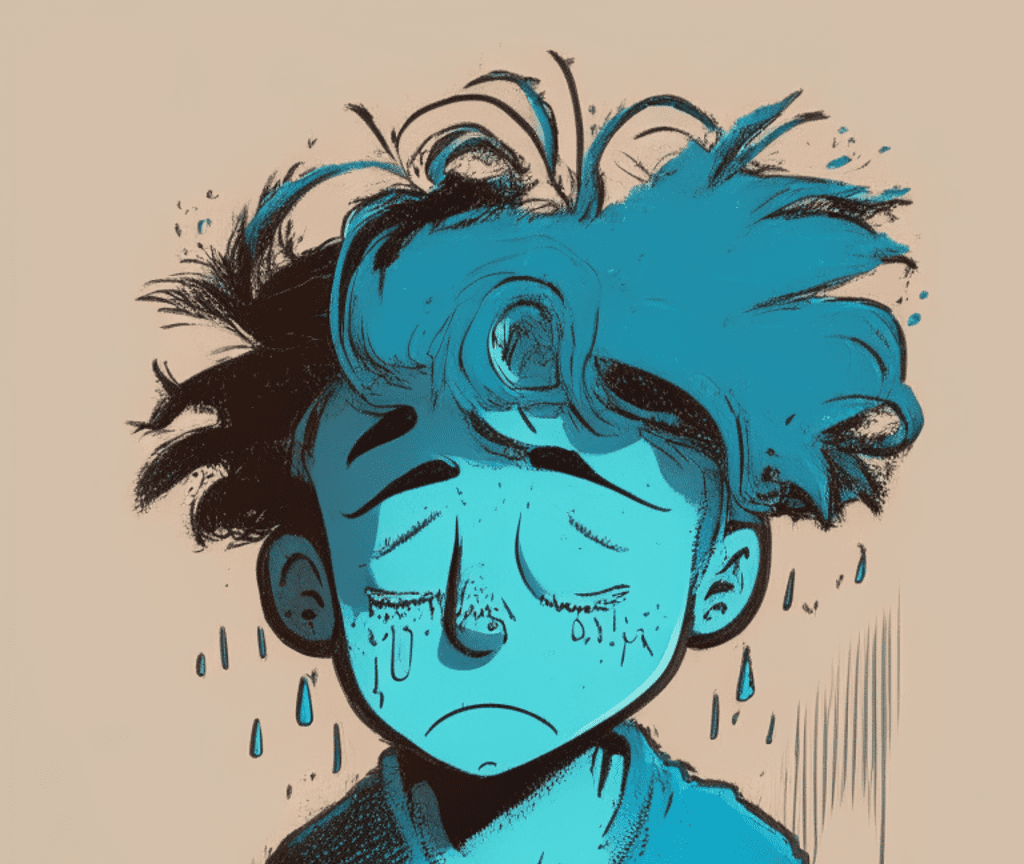A recent study conducted by the Centers for Disease Control and Prevention revealed a concerning trend: the homicide rate among young people in the US experienced a significant increase over the two decades at the beginning of the COVID-19 pandemic.
Additionally, the study discovered that the suicide rate for young adults reached a record high in comparison to previous decades. These alarming statistics can be attributed to the widespread lockdowns and closure of businesses, schools, and public facilities, which resulted in people spending more time at home.
This information highlights the profound impact that the pandemic and associated restrictions had on mental health and public safety, emphasizing the need for continued support and resources for vulnerable populations.
A record number of older teen murders have occurred.
During the early years of the COVID-19 pandemic, the homicide rate among teenagers aged 15 to 19 reached its highest point in almost a quarter-century. In fact, all age groups experienced the largest annual increase in homicides from 2019 to 2020.
Specifically, the rate of homicide deaths rose from 8.9 deaths per 100,000 older adolescents in 2019 to 12.3 deaths per 100,000 in 2020. Alarmingly, it is projected to further increase to 12.8 deaths per 100,000 in 2021, marking the highest rate since 1997.
The research conducted by experts revealed that older teens and young adults had higher suicide and homicide rates compared to younger teens aged 10-14. In 2019, the homicide death rate for the 10-24 age group was approximately 7.8 deaths per 100,000.
However, it surged by 37% in 2020, the largest increase observed in the 20-year study, reaching 10.7 deaths per 100,000.
Interestingly, around 2010, the suicide rate surpassed the murder rate for young people. However, as homicides increased, the researchers found that the rates became similar by 2021.
These findings shed light on the concerning impact of the pandemic on youth, emphasizing the need for proactive measures to address mental health challenges and prevent violence among this vulnerable population.
The highest rates of suicide are among young adults over 20.
According to the researchers, youth suicide rates remained steady from 2001 to 2007 but then experienced a staggering 62% increase from 2007 to 2021. Back in 2007, the suicide rate for individuals aged 10 to 24 was 6.8 deaths per 100,000, which climbed to 11 deaths per 100,000 in 2021.
Interestingly, the age group most affected by this rise was young adults, specifically those between the ages of 20 and 24. At the onset of the pandemic, their suicide rate was the highest it had been in over half a century.
In fact, the suicide rate for adults over 20 years old saw a growth rate of around 63%. And once again, the largest annual increase occurred from 2020 to 2021.
These findings underscore the gravity of the situation and highlight the urgent need for addressing mental health issues, particularly among young adults, in order to prevent further tragedies. It is crucial to prioritize support and resources to combat this concerning trend.
What the statistics have to say about the pandemic and mental health
According to the study, suicide and homicide ranked as the second and third leading causes of death among young people in 2021. Previous research conducted by the federal government has revealed a connection between increases in abuse, violence, and other adverse childhood experiences, and the deterioration of mental health during the COVID-19 pandemic.
In line with these findings, CDC research has shown that over a third of US high school students reported a decline in their mental well-being during the pandemic in 2021. Approximately 44% of students admitted to experiencing persistent feelings of sadness or helplessness within the past year.
Experts have identified several contributing factors to this distressing trend, including high rates of depression, limited accessibility to mental health services, and the prevalence of guns in American households. These factors collectively contribute to the worsening mental health outcomes observed among young individuals.
Addressing these underlying issues and prioritizing mental health support is crucial to mitigate the impact on young people and promote overall well-being.
10 Perfect Strategies to Win Mega Millions: Tips and Techniques
How To Play Mega Millions: A Guide
The Absurd History of Mega Millions Lottery: A Journey of Dreams and Fortunes


I like this blog it’s a master piece! Glad I discovered this ohttps://69v.topn google.Expand blog